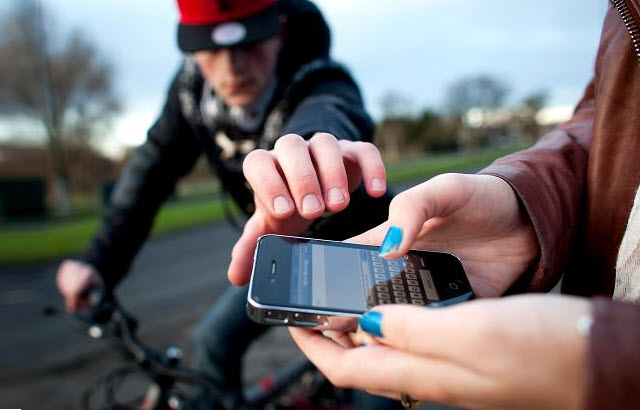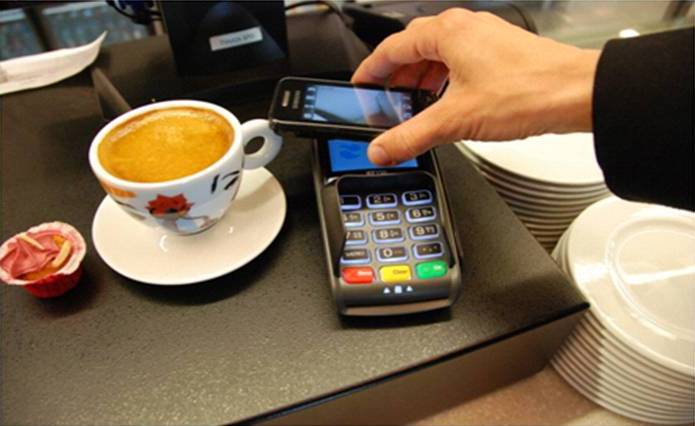Cell Phone Plans Biography
Source(google.com.pk)
Your cellphone can already tell you where to find the nearest Starbucks or the most convenient subway station. But it might soon be smart enough to alert you to a toxic threat during your morning commute or coffee break, thanks to a new plan from the Department of Homeland Security.
The last time we heard about cellphones and terrorism, it was an appeal from the NYPD to shut off cell communication during an attack. Now, Homeland Security’s Science and Technology Directorate want to use cellphones to detect the very threats that might be coordinated using wireless chit-chat. Their new program, called Cell-All, would embed inexpensive, chemical-sniffing microchips into cellular telephones. If a dangerous level of air-based toxin is detected, the phone would issue a warning ring (or vibration) to alert the owner and send a message to a centralized military monitoring station.
And, since the vast majority of Americans carry cellphones wherever they go, the program would use aggregated reports of toxin detection within a small area. If hundreds of cellphones in one location start flooding the alert system, the military knows they’ve got a serious threat to contend with. Detection, transmission and analysis would take around 60 seconds, according to a press release from the Directorate.
Given that terrorist attacks are usually launched in highly populated areas — subways, malls, office buildings — the idea of crowdsourcing the detection of toxic terror threats makes a lot of sense, and using a built-in cellphone app would give the military the ability to detect threats in every corner of the country.
Except that, for now, the program’s manager is describing the initiative as “opt-in.”
“Privacy is as important as technology,” Stephen Dennis said. “After all, for Cell-All to succeed, people must be comfortable enough to turn it on in the first place.”
That’s good news for privacy zealots and conspiracy theorists, but bad news for the program’s potential effectiveness, given that crowdsourced intelligence depends on knowing that there’s a crowd to be sourced in the first place.
The Directorate is already in research-and-development talks with Apple, IG, Qualcomm and Samsung, and anticipate having 40 different cellphone prototypes within a year.
Cell Phone Plans Phone Wallpapers Icon Backgrounds Cases Wallpapers Hd Logo Call Numbers Booth Symbol Images Phones

Cell Phone Plans Phone Wallpapers Icon Backgrounds Cases Wallpapers Hd Logo Call Numbers Booth Symbol Images Phones

Cell Phone Plans Phone Wallpapers Icon Backgrounds Cases Wallpapers Hd Logo Call Numbers Booth Symbol Images Phones

Cell Phone Plans Phone Wallpapers Icon Backgrounds Cases Wallpapers Hd Logo Call Numbers Booth Symbol Images Phones

Cell Phone Plans Phone Wallpapers Icon Backgrounds Cases Wallpapers Hd Logo Call Numbers Booth Symbol Images Phones

Cell Phone Plans Phone Wallpapers Icon Backgrounds Cases Wallpapers Hd Logo Call Numbers Booth Symbol Images Phones

Cell Phone Plans Phone Wallpapers Icon Backgrounds Cases Wallpapers Hd Logo Call Numbers Booth Symbol Images Phones

Cell Phone Plans Phone Wallpapers Icon Backgrounds Cases Wallpapers Hd Logo Call Numbers Booth Symbol Images Phones

Cell Phone Plans Phone Wallpapers Icon Backgrounds Cases Wallpapers Hd Logo Call Numbers Booth Symbol Images Phones

Cell Phone Plans Phone Wallpapers Icon Backgrounds Cases Wallpapers Hd Logo Call Numbers Booth Symbol Images Phones

No comments:
Post a Comment